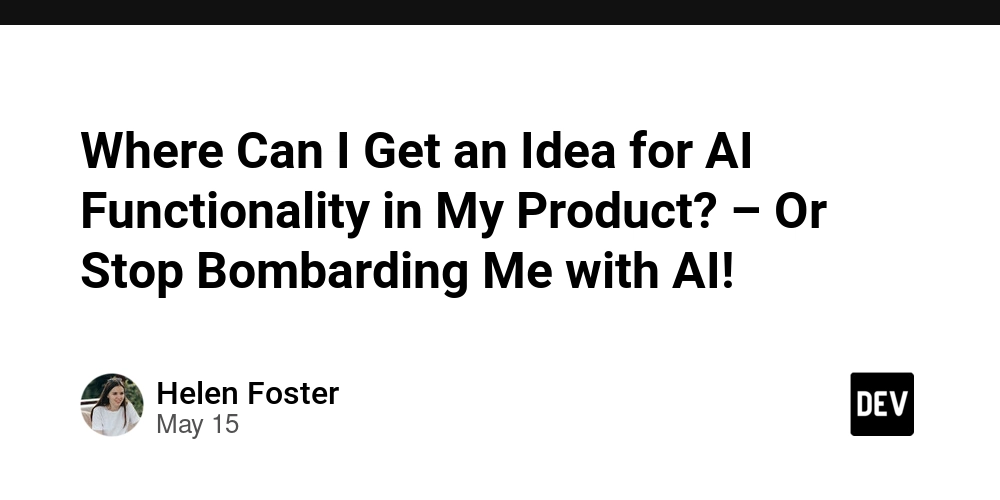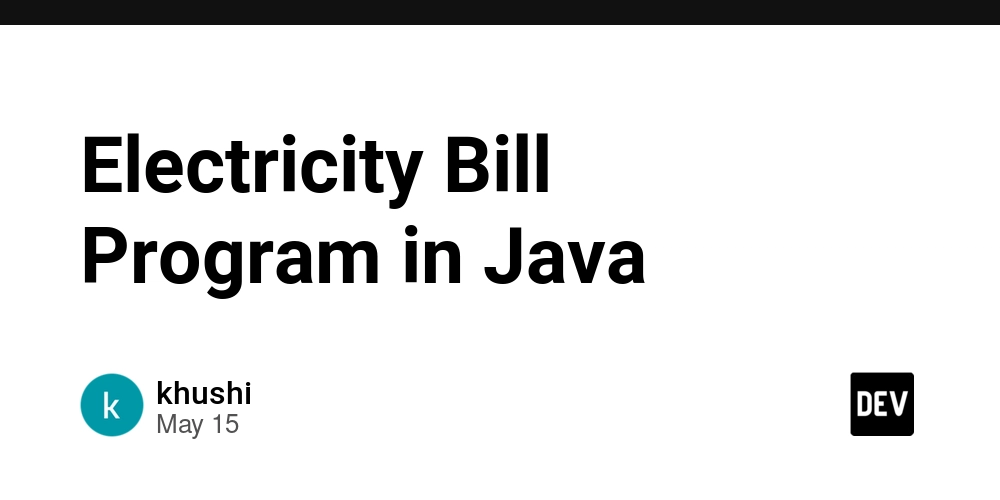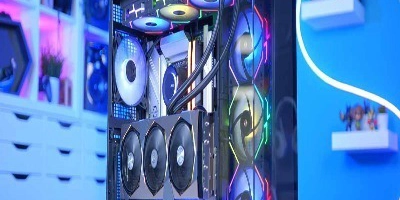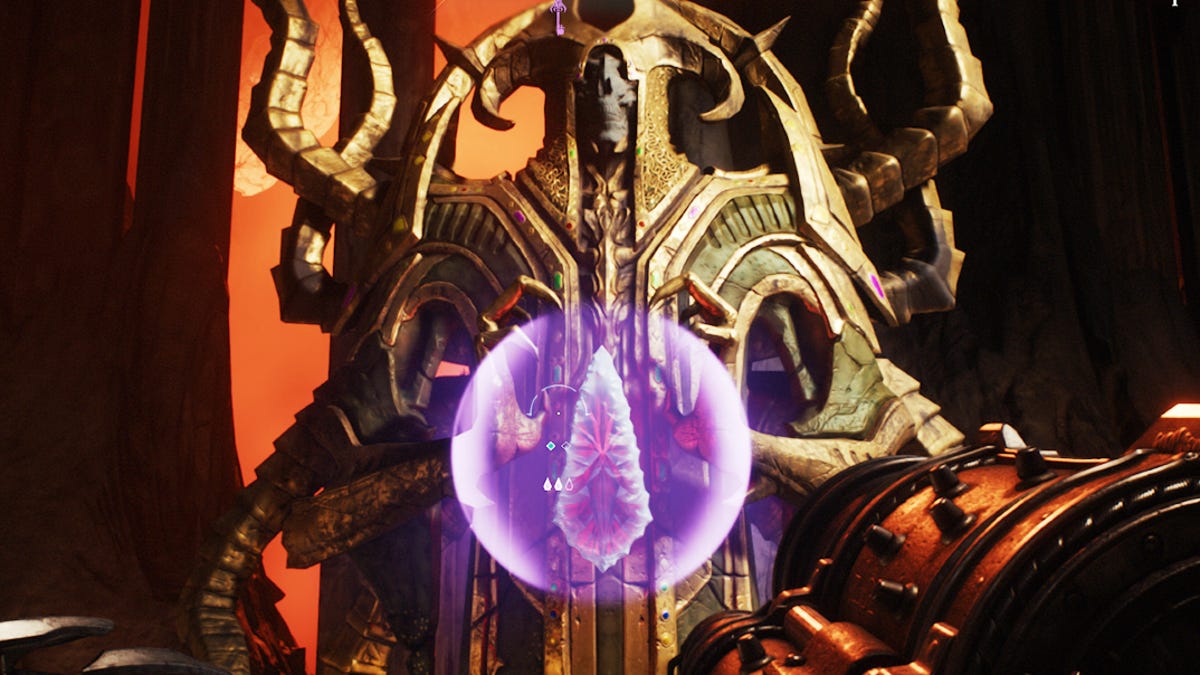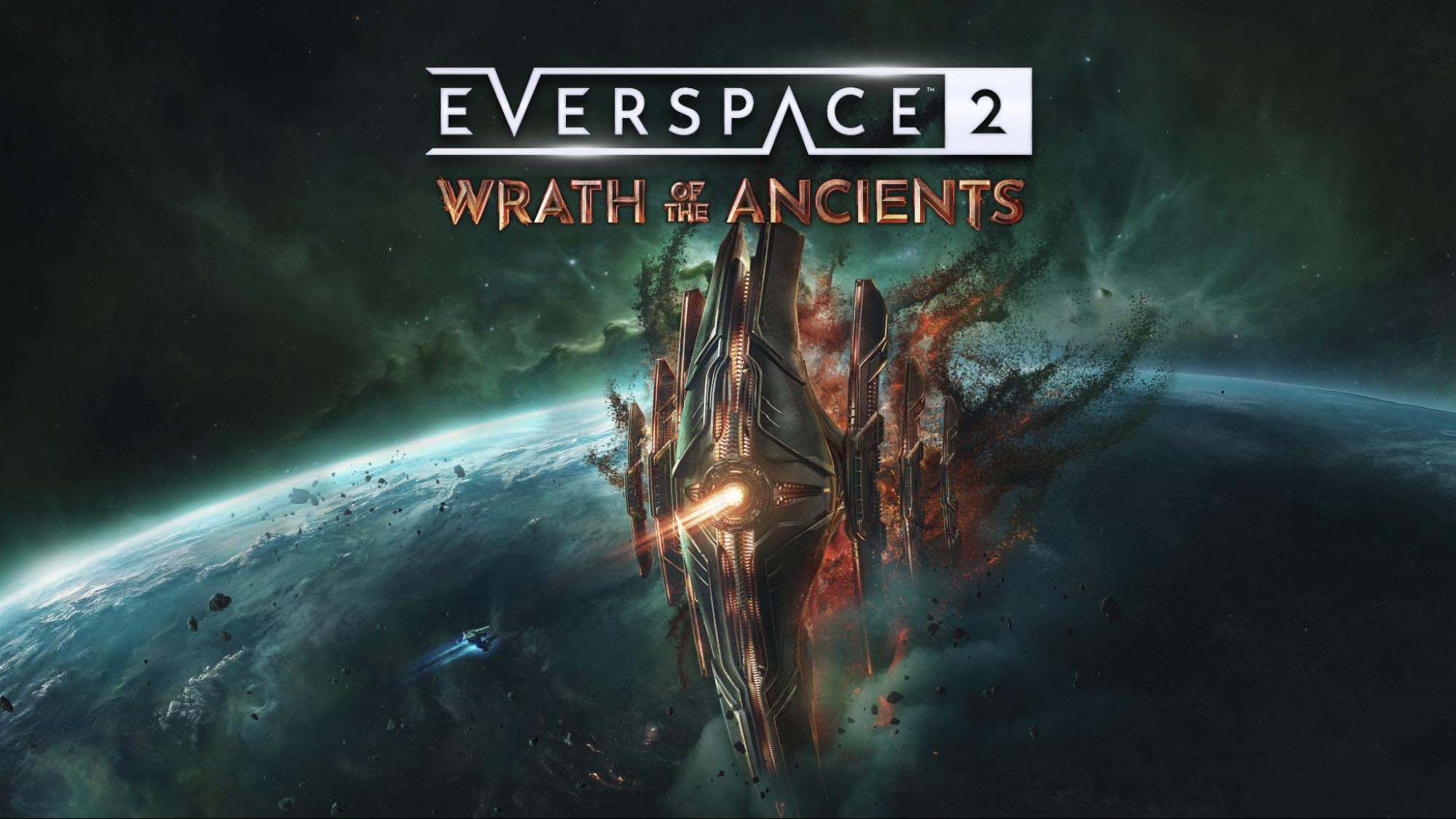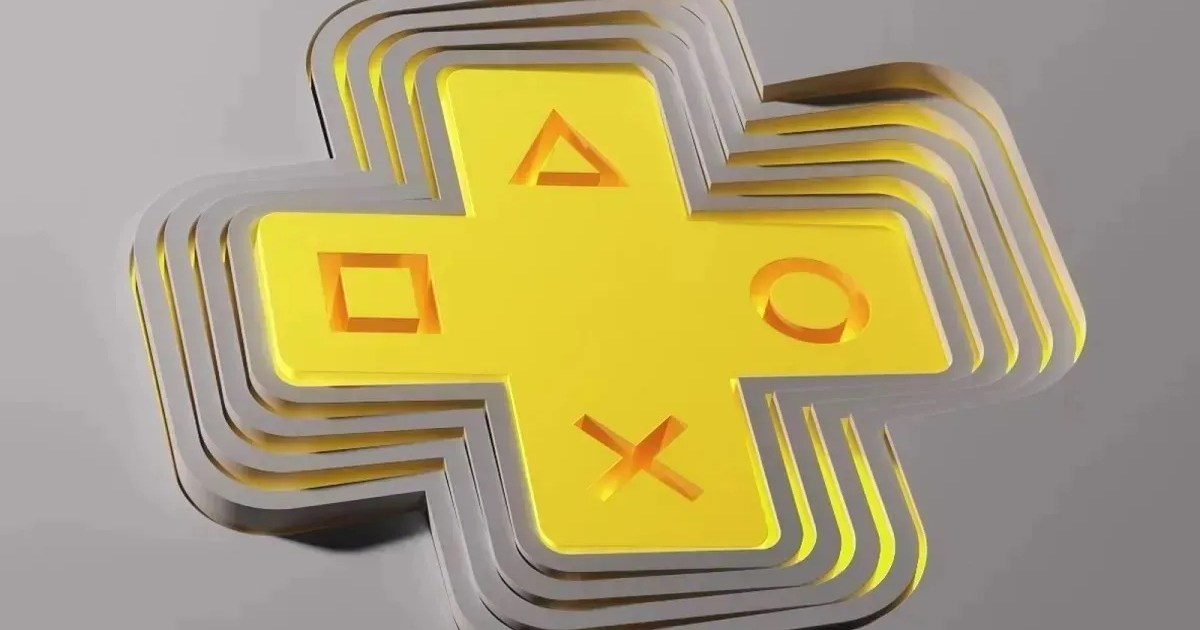Transformer Models for Code Translation: Modernizing Legacy Applications with Gen AI
While traditional applications may seem beneficial, their architecture likely hinders your business’s agility, flexibility, and responsiveness—essential for thriving in today’s rapidly evolving marketplace. Refactoring legacy code should be a strategic priority, ideally supported by modern product engineering services that align technology with business goals. By combining these with Generative AI...Read more » The post Transformer Models for Code Translation: Modernizing Legacy Applications with Gen AI appeared first on Big Data Analytics News.

While traditional applications may seem beneficial, their architecture likely hinders your business’s agility, flexibility, and responsiveness—essential for thriving in today’s rapidly evolving marketplace. Refactoring legacy code should be a strategic priority, ideally supported by modern product engineering services that align technology with business goals. By combining these with Generative AI services, organizations can accelerate code transformation, improve efficiency, and future-proof their systems.
The Cost of Clinging to the Past: Legacy Code Challenges
These aging infrastructures, once the backbone of enterprise operations, now pose significant risks and limitations. Let’s dissect the three-fold burden they impose—security vulnerabilities, scalability constraints, and stagnation of innovation—and explore how transformer models for code translation offer a lifeline to modernization.
1. Security Risks: The Ticking Time Bomb
Legacy systems often run on outdated programming languages (e.g., COBOL, Fortran) or obsolete frameworks that no longer receive security updates. These systems become prime targets for cyberattacks, as vulnerabilities in unsupported dependencies or protocols (e.g., SSLv3, outdated encryption) are well-documented in hacker communities.
Beyond breaches, compliance becomes a nightmare. Regulations like GDPR and HIPAA demand stringent data protection measures, which legacy systems frequently fail to meet. Organizations that cling to outdated tech risk hefty fines and reputational damage.
Solution: Modernizing codebases with AI-driven translation eliminates insecure dependencies, enforces contemporary encryption standards, and ensures compliance by aligning code with current regulatory frameworks.
2. Scalability Issues: Trapped in a Pre-Cloud World
Legacy code might not be able to utilize contemporary software approaches and platform options, nor be optimized for today’s technology. Any barriers that exist between old code and its surroundings need to be taken into account and fixed. They also struggle to integrate with modern APIs, microservices, or serverless platforms, creating silos that hinder digital transformation.
Solution: Transformer models address this by translating legacy code into modern languages like Python or Go, which natively support cloud integration.
3. Innovation Paralysis: The Silent Killer of Progress
Legacy maintenance consumes up to 80% of IT budgets, leaving scant resources for innovation. This “innovation paralysis” forces companies to lag competitors adopting AI, IoT, or real-time analytics. Developers mired in patching spaghetti code become demoralized, leading to talent attrition—75% of engineers in a 2022 survey cited outdated tech stacks as a reason for job dissatisfaction.
Solution: By automating code translation, transformers liberate teams to focus on strategic initiatives.
Modernize Legacy Applications with Gen AI
Initially designed for natural language processing (NLP), transformer models have proven remarkably versatile. Their ability to understand context, recognize patterns, and generate coherent outputs uniquely suits them for code translation tasks. Here’s how they’re changing the game:
- Context-Aware Translation
Unlike traditional rule-based translation tools, transformers understand the context of code. They can differentiate between similar syntax structures in different languages and generate accurate, functional translations. For example, a transformer can recognize a loop in COBOL and translate it into an equivalent loop in Python, preserving the logic and intent.
- Learning from Large Codebases
Transformers are trained on vast datasets of code from diverse languages and frameworks. This enables them to learn syntax, idiomatic patterns, best practices, and common pitfalls. As a result, the translated code is functionally correct and adheres to modern coding standards.
- Handling Ambiguity and Complexity
Legacy code often contains ambiguities, such as undocumented behaviors or platform-specific quirks. Transformers excel at inferring intent and resolving ambiguities by leveraging their training on similar patterns. This reduces the risk of errors during translation and ensures smoother transitions to modern platforms.
- Scalability and Speed
Manual code translation is a labor-intensive process that can take months or even years for large codebases. On the other hand, transformers can process thousands of lines of code in minutes, significantly accelerating the modernization process. This scalability is crucial for organizations looking to future-proof their systems without disrupting operations.
Why AI Trumps Manual Recoding
- Speed & Scale: Translating 10k lines overnight vs. months of manual labor.
- Cost Efficiency: Cutting budgets by automating repetitive tasks.
- Futureproofing: AI’s role in continuous modernization and tech debt reduction.
Use Cases of Gen AI in Legacy Code Modernization
The potential of transformer models for code translation is already being realized across industries.
- Financial Institutions: Modernizing decades-old COBOL systems to Java or Python, enabling integration with cloud-based platforms.
- Healthcare: Translating legacy medical software to modern frameworks, improving interoperability and security.
- Government Agencies: Updating critical infrastructure systems to meet current standards and reduce technical debt.
Blueprint for AI-Powered Modernization
Modernizing legacy applications with AI has moved from being a forward-looking concept to a critical step for businesses striving to remain competitive. However, the process requires a structured approach to ensure success. Below is a detailed layout to guide you through the journey of leveraging transformer models for code translation and modernizing legacy systems.
Step 1: Audit Codebases for AI Readiness
Before diving into AI-powered modernization, it’s crucial to assess the current state of your codebase. Legacy systems often suffer from monolithic architectures, poor documentation, and outdated dependencies, hindering AI integration.
- Evaluate Modularity:
- Break down the codebase into smaller, manageable modules.
- Identify tightly coupled components that may need refactoring to make them more AI-friendly.
- Modularity ensures that AI models can process and translate code more efficiently.
- Assess Documentation:
- Review the quality and completeness of existing documentation.
- Ensure that code comments, architecture diagrams, and dependency graphs are up-to-date.
- Poor documentation can lead to misinterpretation by AI models, resulting in inaccurate translations.
- Identify Technical Debt:
- Pinpoint areas of the codebase that require immediate attention, such as deprecated libraries or redundant code.
- Addressing technical debt early ensures smoother AI integration and reduces the risk of errors during translation.
By conducting a thorough audit, you’ll clearly understand the codebase’s strengths and weaknesses, setting the stage for successful AI-powered modernization.
Don’t let outdated code hold you back. Learn how Indium can help you modernize your application with AI infrastructure.
Step 2: Choose Your Fighter
Selecting the right AI model is a critical decision in the modernization process. Each model has strengths and weaknesses; the choice depends on your specific use case, budget, and technical expertise.
- CodeT5:
- Strengths:
- Built on the T5 (Text-To-Text Transfer Transformer) architecture, CodeT5 excels in code understanding and generation tasks.
- Supports multiple programming languages, making it versatile for diverse codebases.
- Pre-trained on large-scale code datasets, ensuring high accuracy in code translation.
- Strengths:
- Weaknesses:
- Requires significant computational resources for fine-tuning and deployment.
- May struggle with highly specialized or niche programming languages.
- PolyCoder:
- Strengths:
- Designed specifically for code translation tasks, PolyCoder offers robust performance in converting legacy code to modern languages.
- Lightweight and efficient, making it suitable for organizations with limited resources.
- Open-source and customizable, allowing for tailored solutions.
- Strengths:
- Weaknesses:
- Limited language support compared to CodeT5.
- May require additional training for optimal performance on specific codebases.
- Custom Models:
- Strengths:
- Tailored to your organization’s unique needs, ensuring maximum accuracy and relevance.
- Can be trained on proprietary codebases, capturing domain-specific nuances.
- Offers complete control over the model’s architecture and training process.
- Strengths:
- Weaknesses:
- Development and training can be time-consuming and expensive.
- Requires in-house expertise in machine learning and AI.
By comparing these options, you can make an informed decision that aligns with your modernization goals and resources.
Step 3: Pilot Small Projects
Once you’ve selected the right AI model, it’s time to put it to the test. Starting with a small-scale pilot project allows you to evaluate the model’s performance, identify potential challenges, and refine your approach before scaling up.
- Select a Target Module:
- Choose a single, well-documented module from your codebase for translation.
- Ensure the module is representative of the broader codebase to provide meaningful insights.
- Set Clear Objectives:
- Define success metrics, such as translation accuracy, performance improvements, and reduced technical debt.
- Establish a timeline for the pilot project to maintain focus and momentum.
- Monitor and Evaluate:
- Track the model’s performance throughout the translation process.
- Identify any errors or inconsistencies and address them promptly.
- Gather feedback from developers and stakeholders to assess the impact of the translated code.
- Iterate and Improve:
- Use the insights gained from the pilot project to refine your approach.
- Address issues with the AI model, training data, or codebase structure.
- Once the pilot is successful, gradually scale up to larger modules and eventually the entire codebase.
By starting small, you minimize risks and build confidence in the AI-powered modernization process, ensuring a smoother transition for your organization.
The Path Forward: Transformers as Catalysts for Change
The risks of clinging to legacy systems are clear, but the path to modernization no longer requires daunting manual overhauls. Transformer models, trained on vast code repositories, enable precise, context-aware translation of legacy codebases into modern equivalents. They preserve business logic while eliminating technical debt, bridging the gap between yesterday’s infrastructure and tomorrow’s possibilities.
By embracing AI-driven modernization, organizations don’t just avert risks—they unlock unprecedented opportunities. The question isn’t whether to modernize but how swiftly one can harness tools like transformers to turn legacy liabilities into agile, secure, and innovative assets. The future belongs to those who code boldly, not those anchored in the past.
Author Bio: Abinaya is a Senior Content Strategist at Indium, known for turning complex digital engineering concepts into compelling narratives. With a keen strategic mindset and a storyteller’s heart, she crafts content that connects, converts, and inspires. Beyond the world of content strategy, she stays curious, diving into emerging tech trends and unwinding with her favorite sports.
The post Transformer Models for Code Translation: Modernizing Legacy Applications with Gen AI appeared first on Big Data Analytics News.




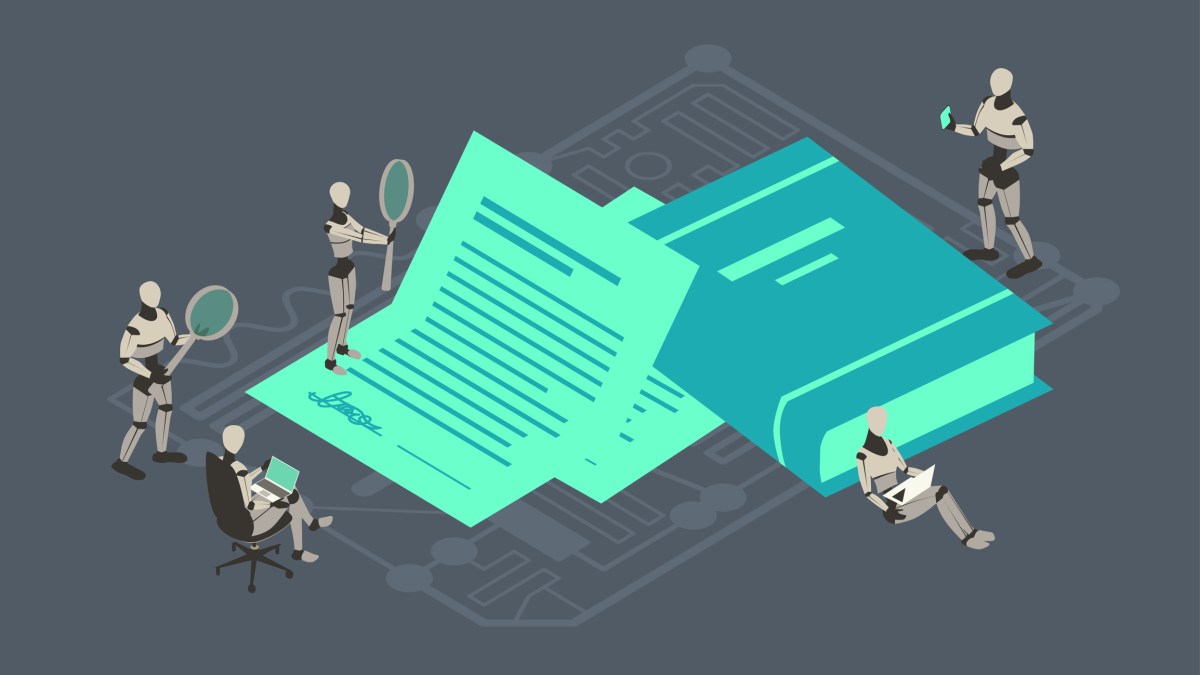


























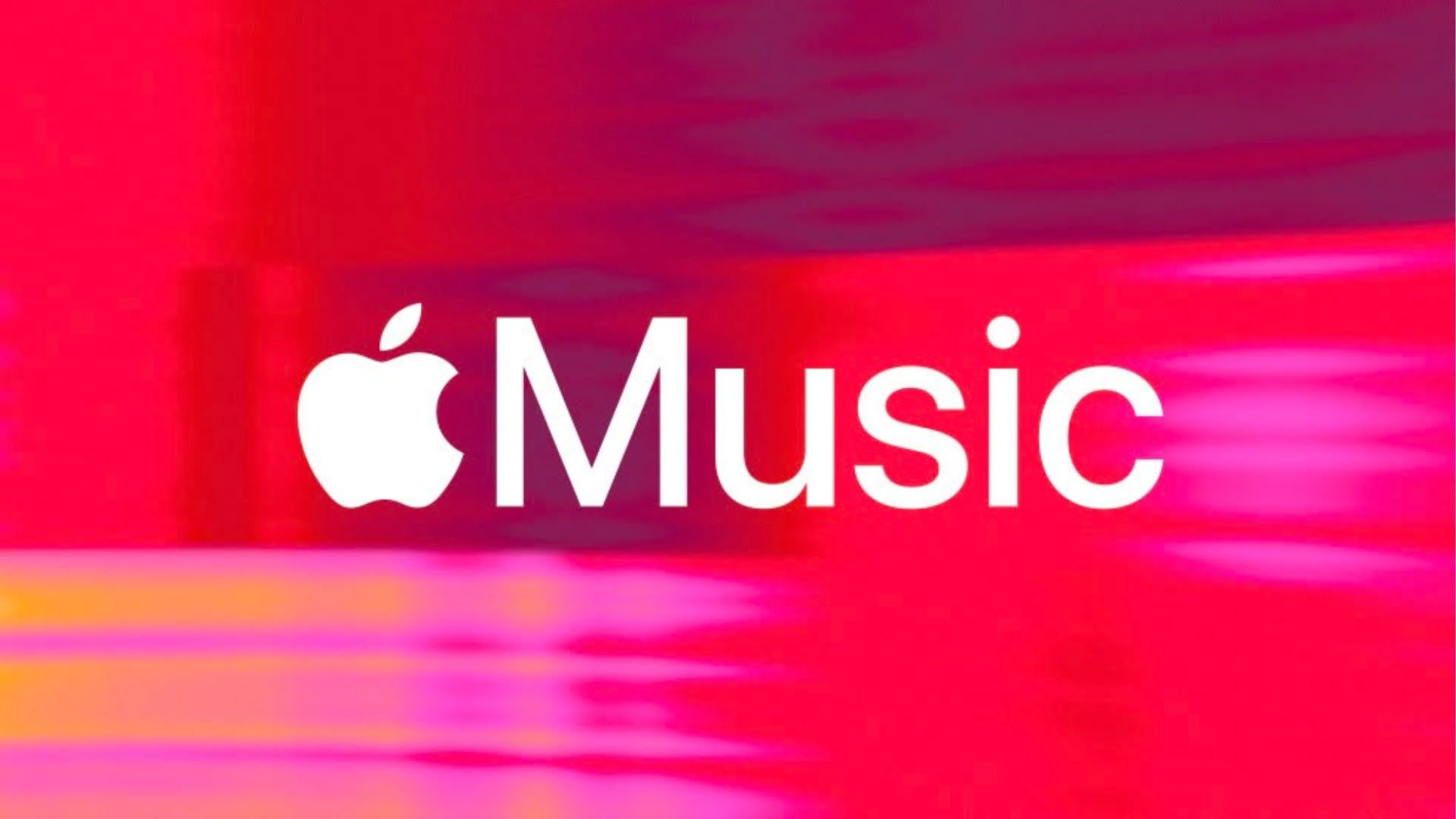

























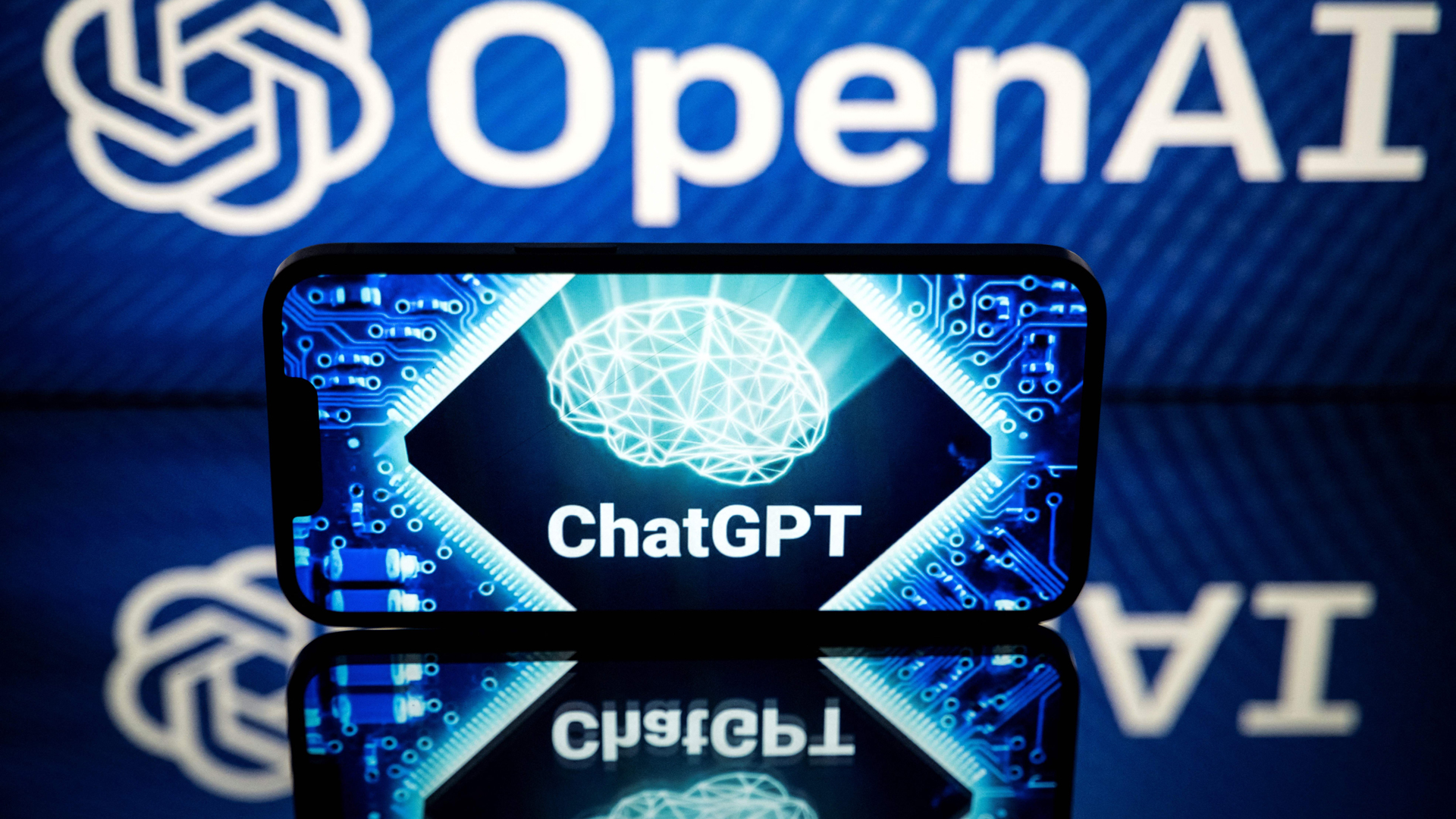
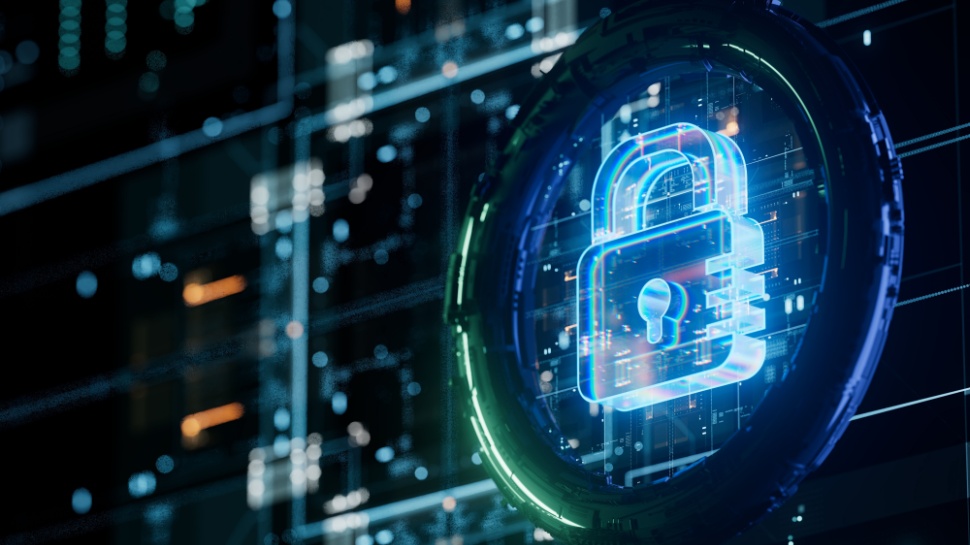
















![Apple Planning Bezel-Free iPhone With 'Four-Sided Bending' Display [Report]](https://www.iclarified.com/images/news/97321/97321/97321-640.jpg)
![Apple's 20th Anniversary iPhone May Feature Bezel-Free Display, AI Memory, Silicon Anode Battery [Report]](https://www.iclarified.com/images/news/97323/97323/97323-640.jpg)
![Vision Pro May Soon Let You Scroll With Your Eyes [Report]](https://www.iclarified.com/images/news/97324/97324/97324-640.jpg)


















![Review: Sonnet MacCuff mini – a well-designed M4 Mac mini mount [Video]](https://i0.wp.com/9to5mac.com/wp-content/uploads/sites/6/2025/05/Sonnet-MacCuff-mini-2024-Mac-Review.jpg?resize=1200%2C628&quality=82&strip=all&ssl=1)








-xl.jpg)

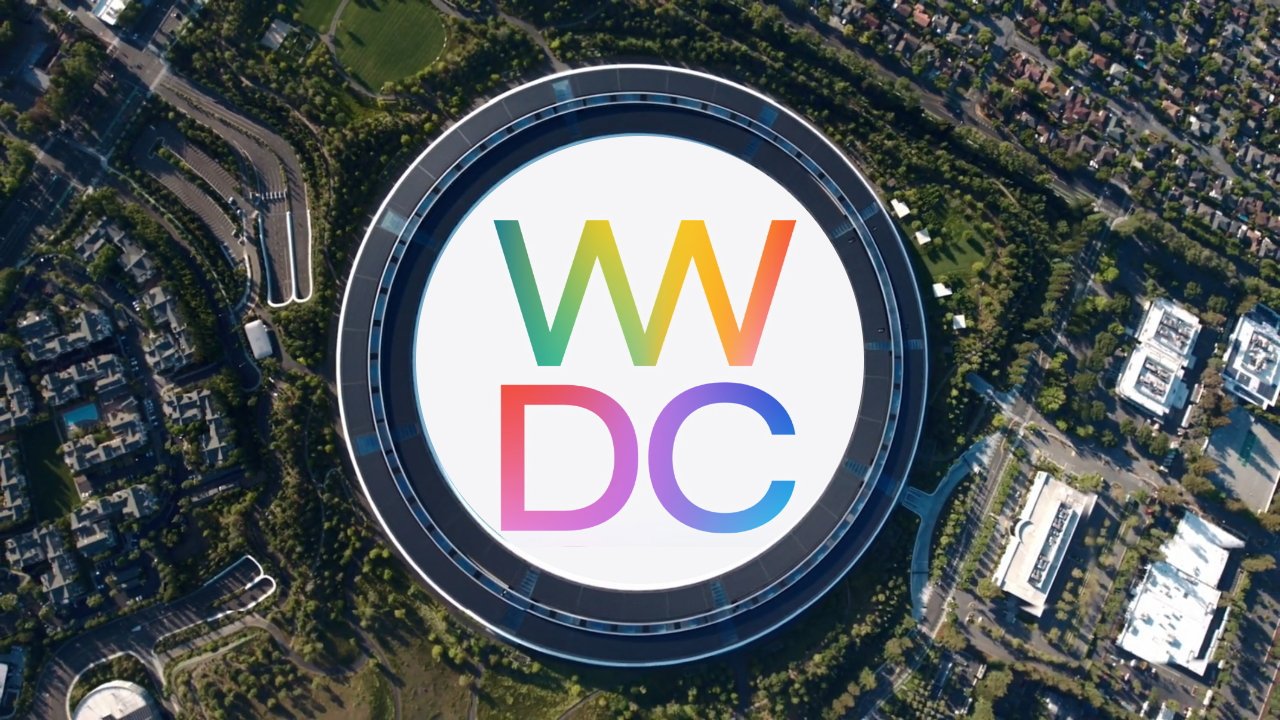
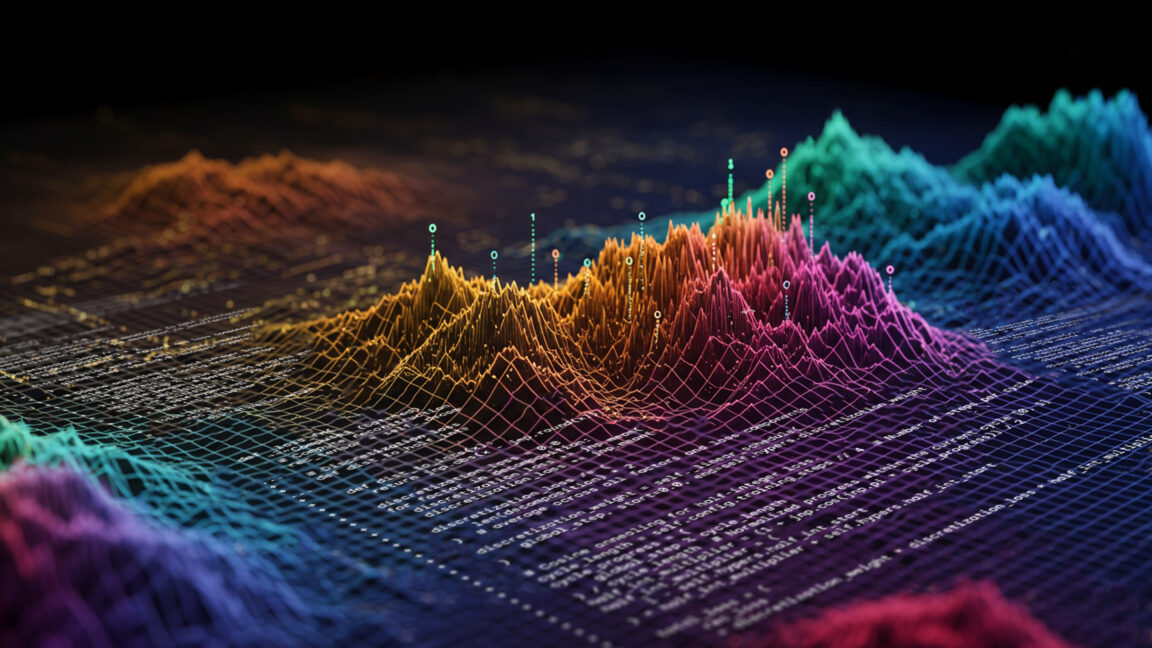

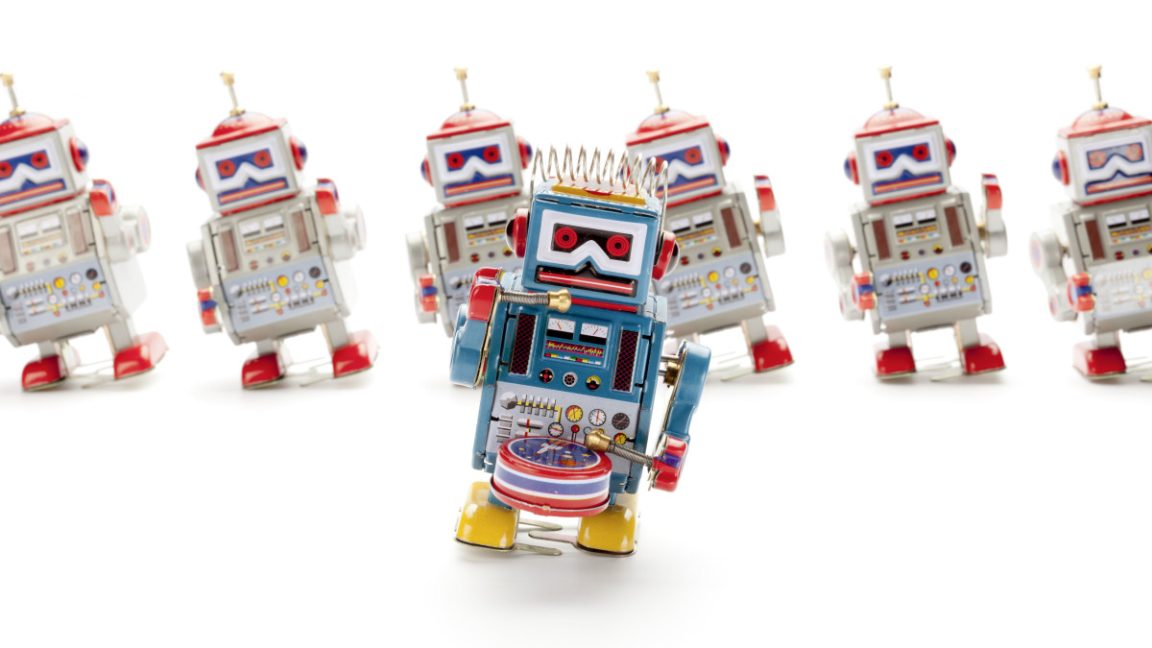














































































_Gang_Liu_Alamy.jpg?width=1280&auto=webp&quality=80&disable=upscale#)
































































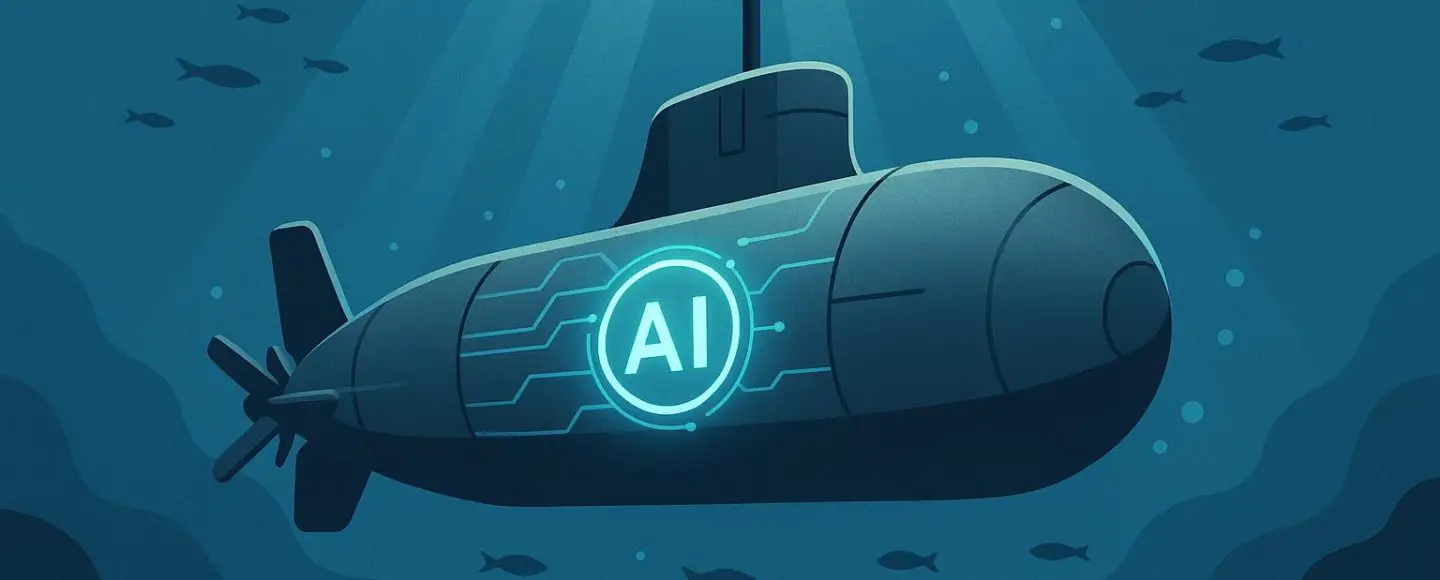




















































![[The AI Show Episode 147]: OpenAI Abandons For-Profit Plan, AI College Cheating Epidemic, Apple Says AI Will Replace Search Engines & HubSpot’s AI-First Scorecard](https://www.marketingaiinstitute.com/hubfs/ep%20147%20cover.png)























![How to Enable Remote Access on Windows 10 [Allow RDP]](https://bigdataanalyticsnews.com/wp-content/uploads/2025/05/remote-access-windows.jpg)






















































































![[DEALS] The 2025 Ultimate GenAI Masterclass Bundle (87% off) & Other Deals Up To 98% Off – Offers End Soon!](https://www.javacodegeeks.com/wp-content/uploads/2012/12/jcg-logo.jpg)










































